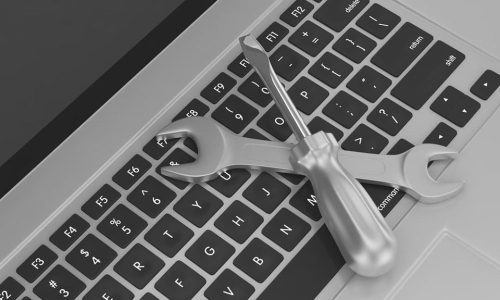Automated External Defibrillators (AEDs) are life-saving devices that can restore a regular heartbeat during a cardiac arrest. Their effectiveness, however, is reliant on the condition of their batteries. This guide explores the importance of AED battery readiness for first responders, and the role this plays in saving lives.
Understanding the Role of AEDs
AEDs are used in situations of life and death. When someone suffers a sudden cardiac arrest, their heart rhythm becomes irregular or stops. The AED, when applied, can analyze the heart rhythm and deliver an electric shock to restore a normal rhythm.
Without an AED, the chances of survival decrease drastically. For every minute that passes without defibrillation, survival rates decrease by 7-10%. Hence, the presence and functionality of AEDs are critical in pre-hospital environments.
The Importance of AED Battery Readiness
AEDs run on batteries and their readiness is crucial for the device to operate correctly. An AED with a depleted or malfunctioning battery will not deliver the life-saving shock required during a cardiac arrest. Despite the pivotal role of batteries in AED operation, their maintenance is often overlooked.
AED batteries are designed to last for several years, but their lifespan depends on many factors such as usage, storage conditions, and the specific model of the AED. Regular checks and maintenance are essential to ensure that the AED battery is ready for use in an emergency.
Checking AED Battery Status
Most AEDs have a visual indicator or a self-testing mechanism that allows you to check the battery status. It’s crucial to conduct regular checks, even if the AED hasn’t been used, as batteries can deplete over time.
If the AED indicates a low battery, it’s vital to replace it immediately. A low battery could mean the AED won’t perform optimally, which could lead to a delay or failure in delivering a shock.
Replacing AED Batteries
Replacing an AED battery isn’t just about maintaining the device’s functionality. It’s about ensuring the device can deliver its life-saving service. When replacing batteries, it’s important to use a battery specifically designed for your AED model. Using non-specific batteries might cause the AED to malfunction.
AED replacement battery should be purchased from a reputable source to ensure quality and reliability. Make sure to dispose of the old battery responsibly, as it may contain materials that are harmful to the environment.
Training First Responders on AED Maintenance
First responders should be trained not only to use AEDs but also to maintain them. This includes checking and replacing the batteries and electrodes, understanding the device’s feedback system, and knowing when to seek professional help for maintenance.
Regular training sessions can ensure that all first responders are confident in using and maintaining the AED, increasing the chances of a successful resuscitation.
Conclusion
AEDs are vital tools in the arsenal of first responders, but their effectiveness is equally reliant on the readiness of their batteries. Regular checks, appropriate battery replacements, and ongoing training for first responders are all crucial elements in maintaining this life-saving device. By ensuring AED battery readiness, we can increase the chances of survival in cases of sudden cardiac arrest.
FAQs
How often should AED batteries be checked?
It’s recommended that AED batteries are checked at least once a month, and after each use. However, the frequency may vary depending on the specific model of the AED and the manufacturer’s guidelines.
How long do AED batteries last?
Typically, AED batteries last between 2 to 5 years. However, the lifespan can vary depending on usage, the specific model of the AED, and storage conditions.
What should I do if my AED indicates a low battery?
If your AED indicates a low battery, you should replace it immediately. Using an AED with a low battery could result in a delay or failure in delivering a life-saving shock.


